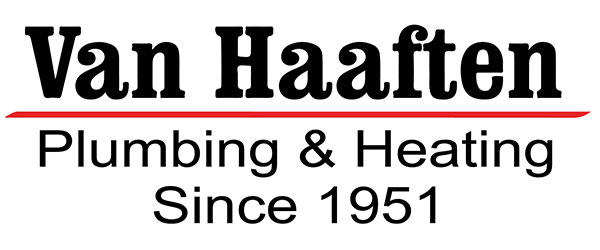
If you’re thinking over air conditioner installation in Pella, you should also be considering your new air conditioner’s SEER rating.
SEER is short for Seasonal Energy Efficiency Rating. Basically, it examines how productive your air conditioner is at turning electricity into cooled air. A high number indicates your air conditioner is more efficient, which is excellent for your cooling costs.
However, there are lots of different models to choose from for air conditioners. And a better SEER rating usually is accompanied by a bigger price tag. So, how can you determine which one is best for your home?
At Van Haaften Plumbing & Heating, we offer a free, no-pressure home comfort analysis. You can book one by contacting us at 641-628-3621. Our skilled air conditioner installers will partner with you to help you find the right air conditioner for your home. Plus, they’ll also provide you with a free, no-obligation estimate.
Right now, let’s go over SEER ratings and how they can affect your loved ones’ comfort. And your electrical costs.
Does SEER Rating Really Matter?
In 2016, the federal government created new SEER rules. New air conditioners are mandated at baseline 13 SEER in the north United States and 14 SEER in the southeast and southwest. If you’re not sure when you had your air conditioner installed or what its SEER number is, you can look at the sticker on the condenser outside your residence. If you can’t find the sticker, you can reach us at 641-628-3621 for support.
If your air conditioner was installed in advance of that time, it’s probably much less efficient. Cooling technology has rapidly advanced in the past several years, with big advances in energy efficiency and smart home capability. Using your new air conditioner with a smart thermostat could help you save even more on cooling costs, as the thermostat can automatically regulate your temperature settings when you’re gone.
If your current air conditioner has a SEER rating between 8 and 10, installing a 14-SEER system could save you around 30–50% on annual electricity costs. Your savings are contingent upon your air conditioner size and your thermostat settings.
Is a Higher SEER Rating Always Better?
An air conditioner with a higher SEER rating will be more efficient at consuming electricity for cooling. The most efficient systems, which can go as big as 26 SEER, carry ENERGY STAR® endorsement. This endorsement signifies the air conditioner has achieved EPA rules for energy savings and environmental conservation.
While ENERGY STAR air conditioners are typically more costly, you’ll usually get the difference returned over the years through smaller electrical costs. These air conditioners, which are frequently rated 16 SEER and up, need about 8% less energy than other new models, according to ENERGY STAR.
One of the greatest differences between a 14 SEER and 16 SEER is variable-speed capacity. A variable-speed air conditioner can operate at a number of speeds. This improves comfort for your residence while keeping your utility costs reduced. It can also keep temperatures and humidity more even, since it can go for longer without needing a lot more power.
When getting a variable-speed air conditioner, you’ll have to ensure that your furnace or air handler is compatible. This is because your air conditioner depends on this system’s blower to send chilled air around your residence. Furnaces only last for approximately 20 years, so if yours is around that age, we advise getting furnace installation at the same time so you can enjoy all the advantages of your variable-speed air conditioner.
When you’re prepared to replace your air conditioner, the cooling pros at Van Haaften Plumbing & Heating are ready to support you. Call us at 641-628-3621 to schedule your free home comfort analysis today.



